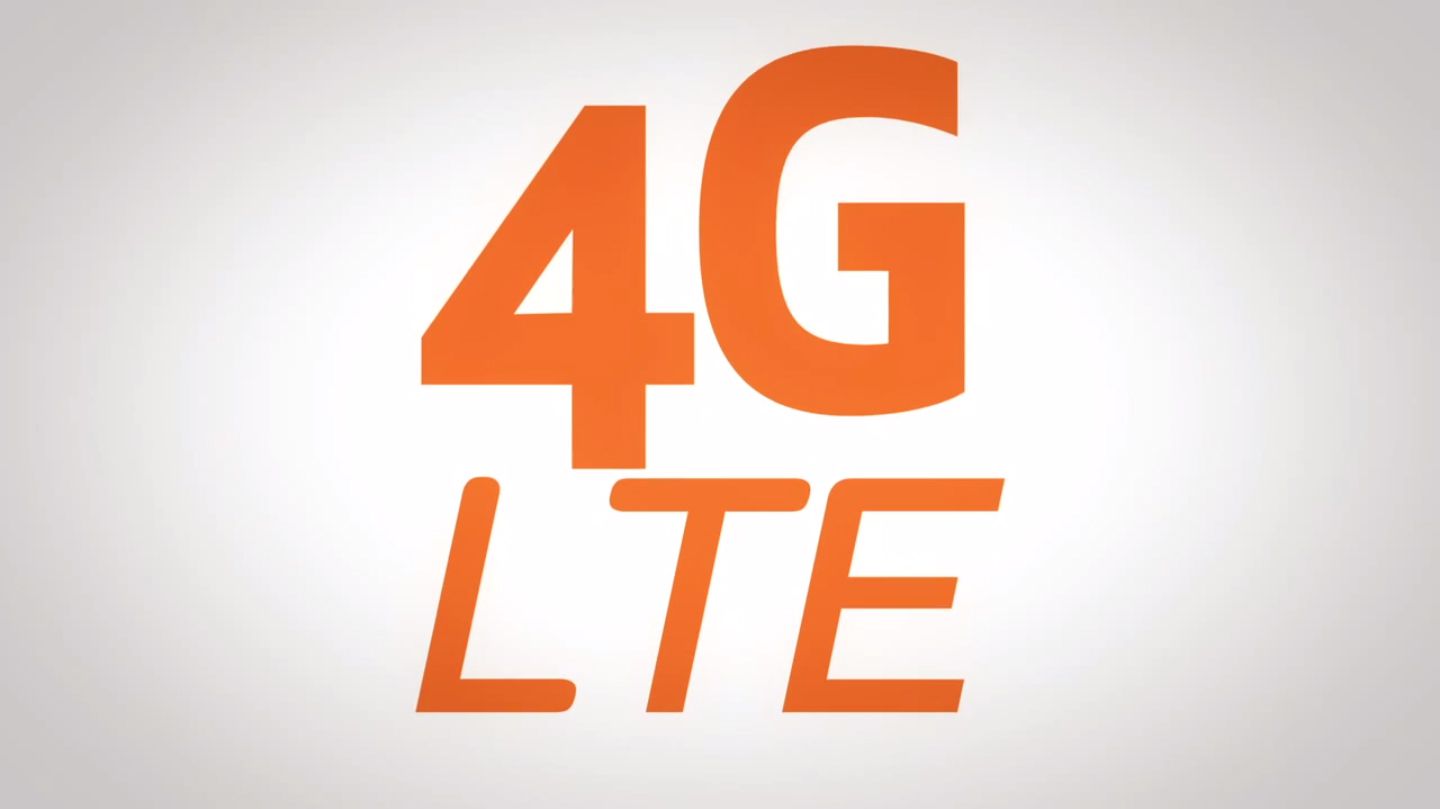
Do you remember those years when you had GPRS signal to surf Internet? Well, maybe not, because it was a long time ago so the word smartphone was unfamiliar to everyone. Then speedy 3G made a huge step towards pleasant time-spending in the Web. We really enjoyed new possibilities: anytime in your pocket there was anything you wanted: fast downloading, online music and even video. What could be better? But there is a good expression: no limit to perfection. Thus, high-speed 4G signal appeared that gave much more possibilities to use the global Web.
How does LTE refer to 4G? Directly. LTE (Long-Term Evolution) is used for wireless data (and voice in particular) transmission for mobile phones. This is what we call 4G data. In most cases letters 4G and LTE follow each other.
LTE Launching
Many people, probably, know the term as nowadays this technology is getting more and more widespread. However, this is hard to believe but LTE was firstly proposed more than 10 years ago in 2004 by a key Japanese mobile operator! Next year a start was given to study the technology that was over in three years. The first LTE service available to public was launched by Telia Company AB at the end of 2009 in two Scandinavian capitals Oslo and Stockholm. All further spreading was a question of time.

LTE Frequencies
It may sound rather surprising but LTE has lots of frequencies and bands. They differ from continent to continent in big scale as well as from country to country. In Europe there are 700, 800, 900, 1800 and 2600 MHz. But the basic ones that most operators (such as O2, Vodafone, Meteor, Orange, Three and others) run on are 800, 1800, 2600 MHz.
Problems and solutions
LTE frequencies are not exceptions in issues concerning bad signals. How often did you encounter the problem of slow data? You sit at home in the city center, but mobile 4G is so slow that you can’t stand it. How come? There are few reasons that you can as well as cannot explain. The obvious ones are buildings, their peculiarities (walls, for instance), remoteness of base towers, etc. However, it’s not your business. You want speedy 4G LTE Internet right here right now. You do pay for that!
You may sit and wait until your operator will do some improvements (if they are possible at all). Or you may take a ready-made affordable solution produced by other companies. The solution is called mobile phone signal booster. It’s a device that is used for poor voice/3G/4G (or everything combined) improvement.
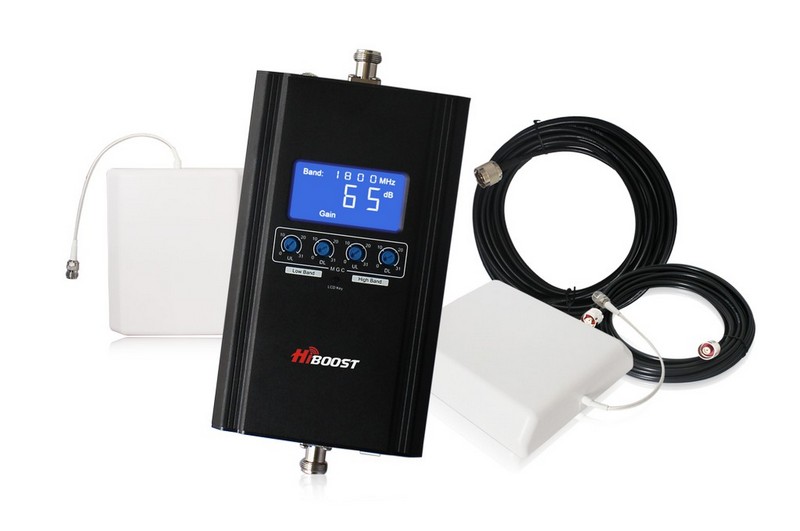
Fortunately, nowadays there is no difficulty to find the right one for 4G signal enhancement. For example, HiBoost by www.huaptec.eu or some other brands. These are, so to say, monsters in the cellular signal boosters market. They produce technically smart and at the same time very easy-to-install devices. Like HiBoost F13 LTE1800 mobile phone repeater. It easily amplifies LTE signal if your operator transmits 4G at LTE 1800 MHz.
Times when we had to suffer bad mobile signal were left behind. Now it’s so easy with a few simple steps to get a mobile signal enhancer and forget about imperfection of mobile operators.

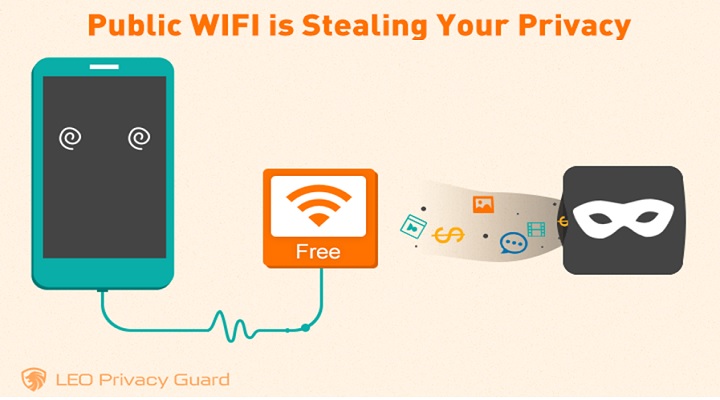
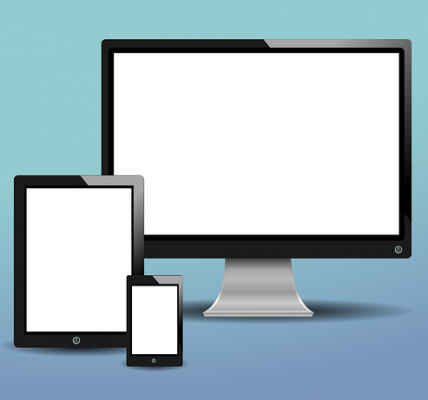
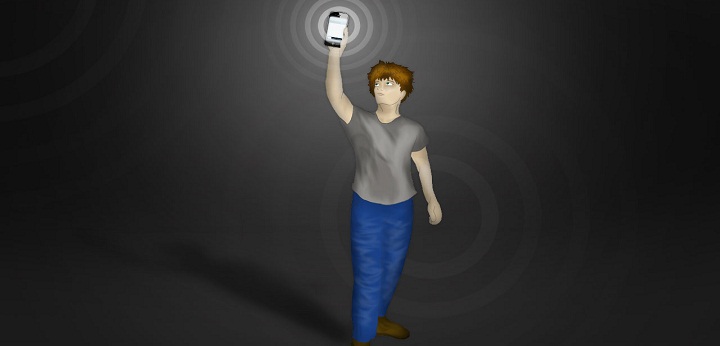





![Watch Video Now on xiaohongshu.com [以色列Elevatione perfectio X美容仪 perfectio X 全新仪器黑科技了解下]](https://www.techburgeon.com/wp-content/uploads/2019/07/perfectiox-singapore-150x150.jpg)
